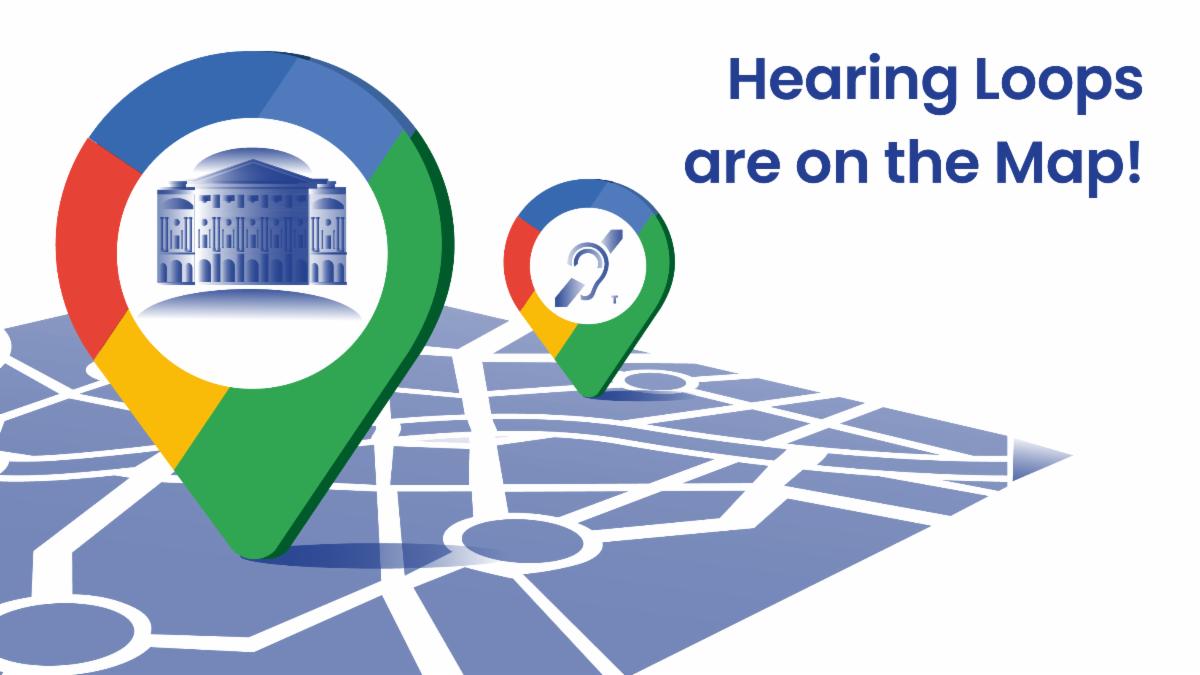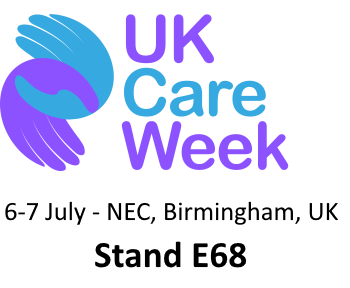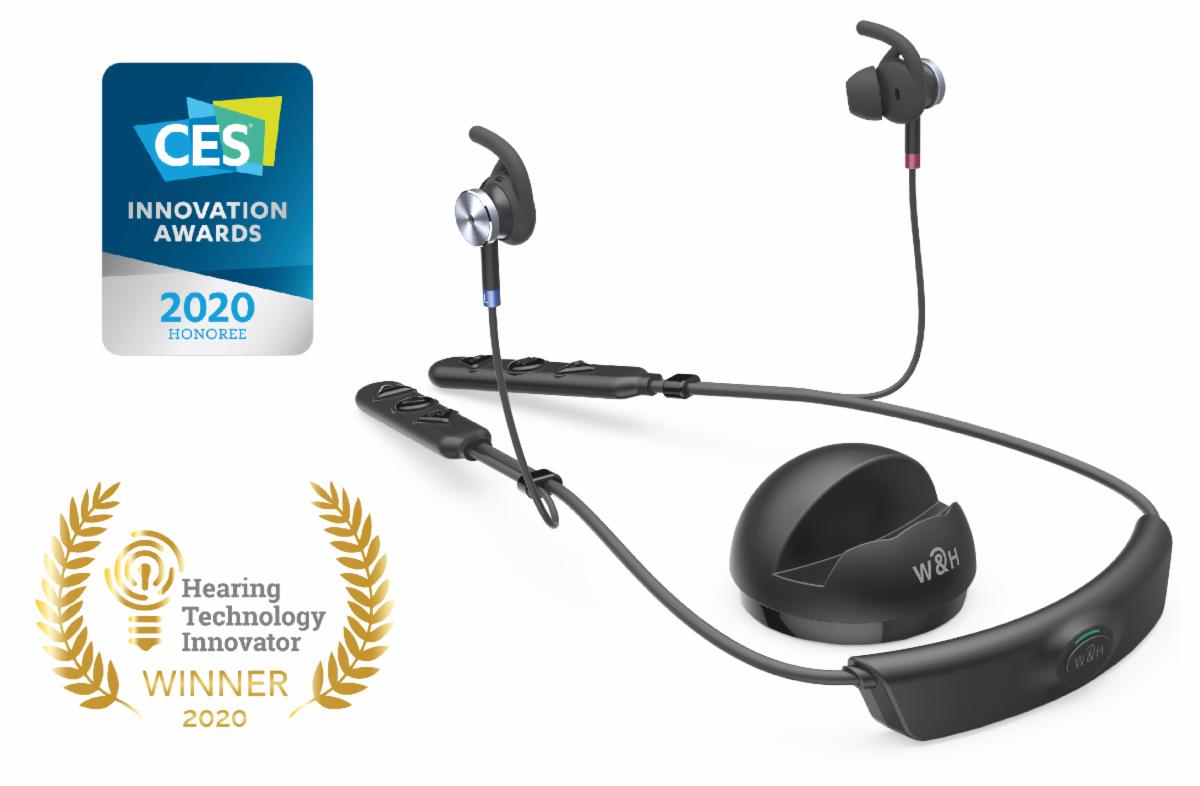April 2022 Newsletter
April 28, 2022In-Person Meetups are Back!
It’s been over two years since we participated in an international tradeshow so it is with particular excitement that we announce our involvement in UK Care Week. This event, including three days of virtual meetups and culminating in a conference and exhibition on the 6th & 7th July at NEC Birmingham, will bring together the care community to address the biggest challenges facing the care sector.
It is a perfect opportunity for us to showcase our newest member of the BeHear assistive hearing family, the BeHear SMARTO, which we will do at our booth (E68) and in our presentation entitled “Increase Care Staff Retention through Better Communication with Residents”.
Register here (entrance is free).
ALSO IN THIS NEWSLETTER:
♦ Last Chance for BeHear SMARTO Pre-order Discount
♦ Is Someone Close to You in Denial About Their Hearing Loss?
♦ Hearing Loops are on the (Google) Map!
♦ BeHear ACCESS Reviewed in Podcast
To get these newsletters sent directly to your inbox, register here.
Last Chance for SMARTO Pre-order Discount
SMARTO Will Soon Sell at Full Market Price
BeHear SMARTO, soon to be launched commercially, is a very powerful but simple to operate hearing amplifier. Designed to improve comprehension of live conversations, cell phone calls, and TV audio, it can be used by people with moderate-to-severe hearing loss who may be limited by mobility, vision, dexterity, or dementia.
SMARTO can be body-worn, hand-held, or placed on a table. It can be used straight out of the box (its large, colorful buttons make it easy to control volume and bass/treble balance), or customized with a dedicated app to suit the user’s unique hearing needs. Its unique directionality feature allows the user to focus on a specific speaker, or capture important sounds from all directions.
BeHear SMARTO has passed all checks in the pilot run, and we have authorized the completion of commercial production at the factory. We expect to start shipping to pre-order customers by the beginning of June.
If you haven’t placed your pre-order yet, don’t miss this last opportunity to benefit from a 25% discount off the standard price.
This limited offer will expire on May 15, so don’t wait!
Quick Way to Overcome Hearing Loss Denial
Many people are in denial about their age-related hearing loss. Not only is it hard to know what is not being heard, it is much easier to blame others or the environment for hearing difficulties. Sadly, at the end of the day, everybody suffers.

A quick way to determine if you or a loved one might need hearing assistance is by answering the following questions (culled from the ASHA – American Speech-Language-Hearing Association “Self Test for Hearing Loss“):
- Do you have a problem hearing over the phone?
- Do you have trouble understanding when two or more people talk at the same time?
- Do people complain that you turn the TV volume up too high?
- Do you have trouble hearing in noisy places?
- Do many people you talk to seem to mumble or not speak clearly?
If the answer to two or more of these questions is YES then it’s time to do something about it! A quick and inexpensive way is to try a BeHear device. With the integrated hearing assessment it is easy to determine independently just how much amplification is needed to hear (and to experience what it’s like to hear with that customized boost!). Our “Buy & Try” policy gives 30 days to try out the device, risk-free.
Getting help for hearing difficulty is sure to improve relationships, and should be as important as treating your vision. Don’t put it off any longer!
Hearing Loops are on the Map!
Hearing loop systems transmit wireless audio input via a magnetic field to telecoil receivers. These receivers are found in many high-end hearing aids, some dedicated headphones, and in BeHear ACCESS headsets. In a hearing loop system there is no interference, no reverberation, no background noise, just the original signal transmitted directly from the input, whether that is the microphone on a podium, the audio system in a theater, the microphone the cashier is speaking into at the bank, or the music from the concert hall stage. This closed system provides people, especially those with hearing loss, an excellent way to hear voice and audio signals clearly, even in noisy places or when the sound source is far away.
Hearing loop technology is common in Europe and the U.K. and is universally accepted as the international standard for hearing access. Installed base is growing rapidly in the United States as organizations such as HLAA (Hearing Loss Association of America) and others press venues to become compliant with the ADA (Americans with Disabilities Act).

Did you know that thousands of locations that have hearing loops are now indicated in Google Maps? We just discovered that Google has added the assistive hearing loop attribute that indicates if somewhere, like a movie theater, house of worship, or library, has a sound system that is compatible with hearing devices (like BeHear ACCESS!) which support telecoil transmission.
- If you’re interested in a better hearing experience in public places, use the assistive hearing loop attribute when searching for the location. Then, when you arrive, set your BeHear ACCESS to Telecoil Transparent (for ListenThrough capability) or Telecoil Exclusive (for pure audio) and enjoy!
- If you’re a business owner or manager with a verified Business Profile on Google, you can add attributes to your Business Profile on Search and Maps.
BeHear ACCESS Reviewed in Podcast

Computer and Technology Radio is a long running consumer technology podcast hosted by Marsha Collier and Marc Cohen. In a recent edition the team reviewed BeHear ACCESS Model II. Click here to listen (the review is at minute 38:38).




